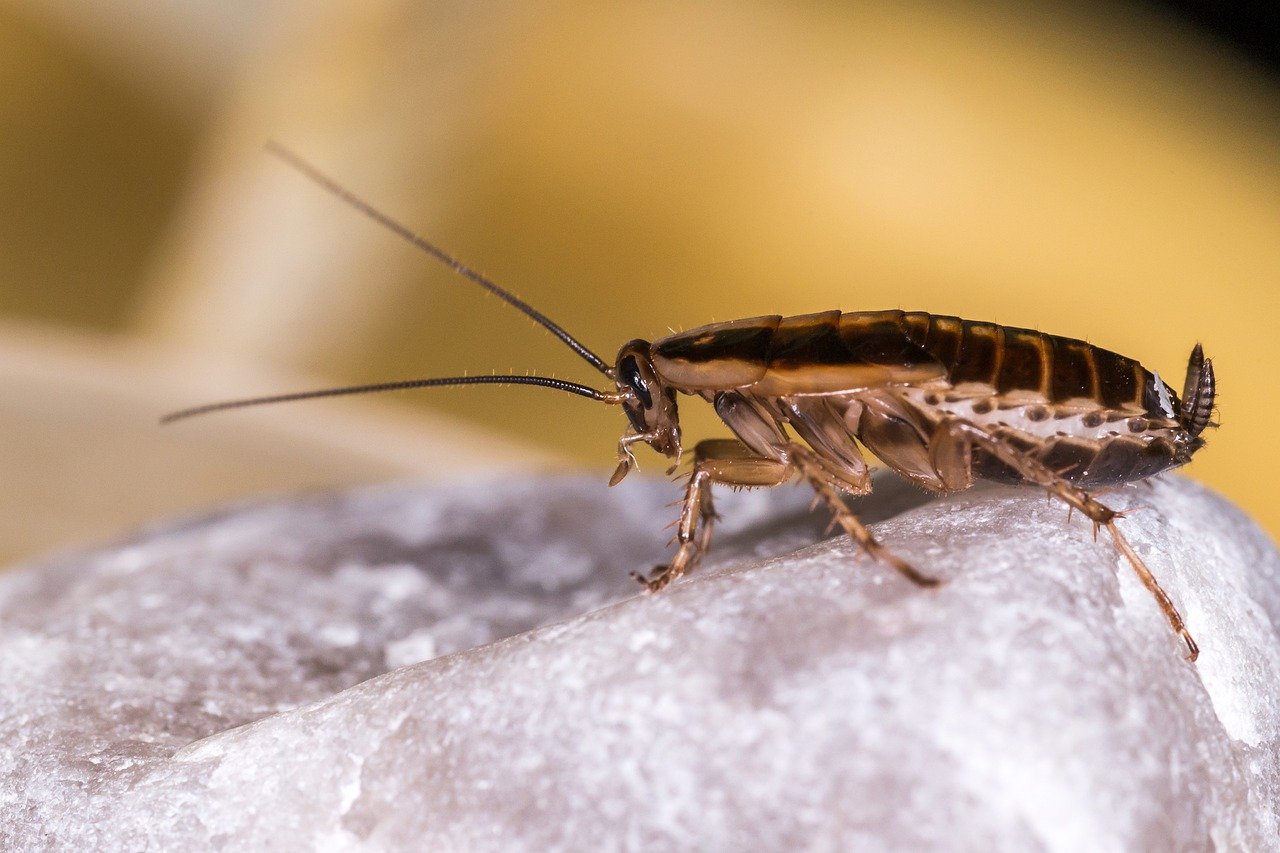Battling unwanted guests in Budapest: why are there so many cockroaches and how to reclaim your home

Cockroach infestations are on the rise in Budapest. Here is how to keep them out of your home.
Pest control services in Budapest are receiving an increasing number of reports about cockroach sightings, with the latest cases emerging at the Péterfy Sándor Street Hospital. As Telex discovered, widespread misconceptions surround the issue, and effective extermination often requires coordinated efforts.
Myth: Cockroaches only appear in dirty places
Cockroaches will eat nearly anything organic: human hair and nails, dead insects, even cardboard and wallpaper glue. While leftover food can attract them, they don’t need a filthy environment to thrive. In urban settings, the right conditions—warmth, moisture, and access—can lure them in almost anywhere.
A study published last year confirmed that city environments inevitably offer cockroaches the conditions they need to survive. German cockroaches, the most common in Hungary, have spread rapidly due to advancements in building technologies that create ever more comfortable habitats for them.
- Budapest ‘horror-kitchen’ shut down due to cockroaches and filthy equipment – VIDEO
The heat factor
Cockroaches are drawn to warm, moist environments. Unlike food, they can’t survive long without water, but their needs are minimal; a dripping faucet or a small puddle is enough. While they’re most active in warmer months due to breeding cycles, they also move indoors in search of warmth during late fall.
A recent study found that climate change is contributing to rising cockroach populations in cities. Warmer temperatures accelerate breeding, while increased rainfall and flooding drive them to seek refuge in buildings.

Budapest’s sewer authority, FCSM, told Telex that the extended periods of warm weather this year have favoured cockroach proliferation. They’ve received reports even from parts of the city where infestations were previously rare, and the number of sightings is up this year.
- Hungarian conservation project sends Przewalski’s horse back to native steppe in Kazakhstan
Extermination in apartment buildings
According to Károly Szalai, press officer for Abatox Kft., a pest control company, German cockroaches are especially widespread in Budapest. However, he believes the root cause lies in gaps within pest prevention efforts. Successfully eradicating infestations is difficult, even within small communities, due to numerous factors such as residents refusing treatment, hoarding behaviour, infrastructural problems, or reinfestation from external sources.
The National Association of Condominiums and Property Managers stressed the importance of full participation by all property owners and tenants for treatments to be effective, a responsibility that lies with the individuals financially. According to the association, some communities do vote for coordinated treatment once or twice a year, organised by building management. However, treatments cannot be mandated for individual units.
Cockroaches always flee to untreated areas
The FCSM plays a critical role in controlling the cockroach population since these pests often hide in sewer systems. So far this year, the organisation has conducted exterminations in 1,780 manholes across 116 locations, in addition to their routine preventative treatments. Citizens can report sightings in public areas to FCSM’s central hotline, although many are unaware of this option.
Effective extermination should involve simultaneous treatment not only of the sewer network but also of properties along the same line, which would significantly reduce the risk of reinfestation. Cockroaches don’t just invade homes—they also infest power boxes and manholes, each managed by different authorities.
Cockroaches always move toward untreated spaces, making it difficult to reduce their numbers meaningfully. Their presence is never limited to a single household or confined to one area.
What would it take to stop them?
Evidence suggests that cockroach numbers are indeed rising in Budapest, but extermination isn’t part of the municipal government’s responsibilities. Entities like FCSM and Budapest Public Utilities (BKM) conduct pest control, though only within their own jurisdictions. The latter doesn’t even accept public reports.
Extermination duties fall on the affected property’s owners or managing entities. That’s why there’s no citywide program or centralised agency overseeing cockroach control. According to Szalai, without coordinated efforts among key stakeholders, achieving long-term results is unlikely. What’s clear is that climate change is making the situation worse and will likely intensify the problem in the future.
To read or share this article in Hungarian, click here: Helló Magyar
More articles concerning animals in Hungary.







